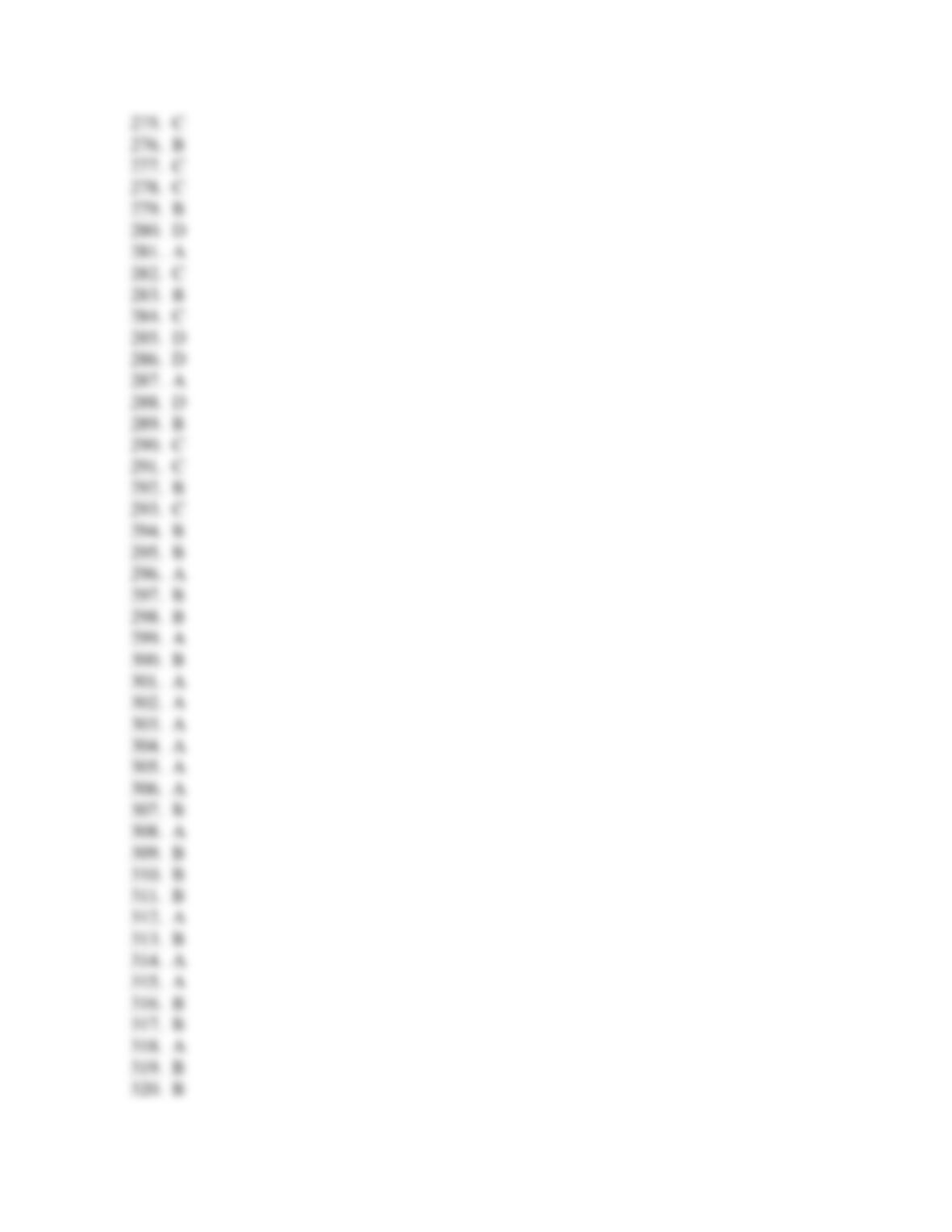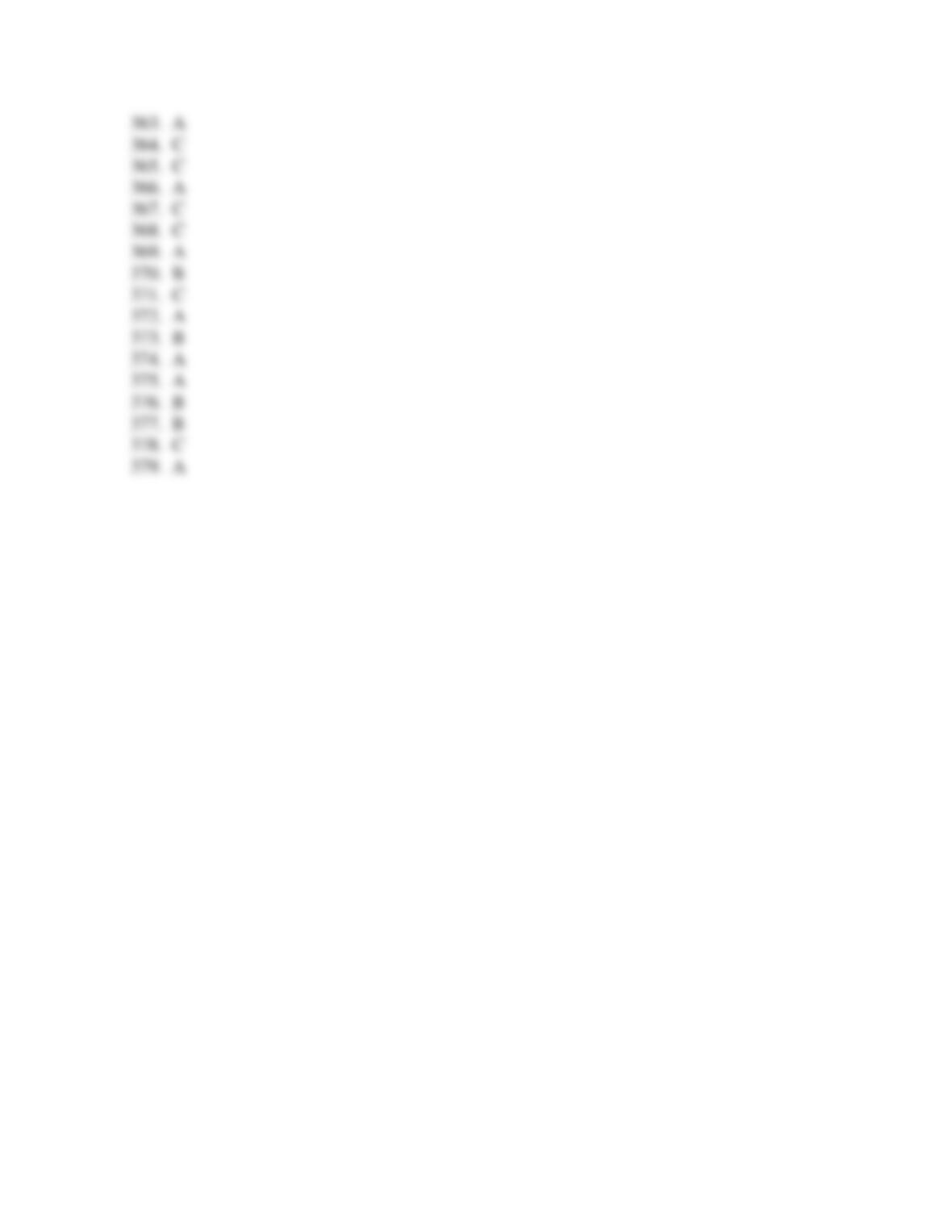A firm's marginal cost is:
the ratio of the change in fixed cost to the change in the quantity of output.
the slope of the total cost curve.
the slope of the average variable cost curve.
the ratio of the change in total output to the change in the quantity of labor.
increase in total cost when one more unit of output is produced.
reduction in cost from economies of scale.
ratio of average total cost to total cost.
increase in output from the addition of one unit of labor.
The larger the output, the more output over which fixed cost is distributed. Called the
_____ effect, this leads to a ______ average _____ cost.
diminishing returns; lower; variable
diminishing returns; higher; variable
The larger the output, the more variable input required to produce additional units.
Called the _____ effect, this leads to a ______ average _____ cost.
diminishing returns; lower; variable
diminishing returns; higher; variable
The average total cost curve has a U shape because the ______ effect is dominant at low
levels of output, and the _____ effect is dominant at high levels of output.
diminishing returns; spreading
spreading; diminishing returns
comparative advantage; absolute advantage
absolute advantage; comparative advantage
The rent for Oscar's sporting goods store is $2,500 per month. Oscar pays his staff $9
per hour, and his monthly electricity bill averages $700, depending on his total hours of
operation. Oscar's fixed costs of production equal:
$9 per hour multiplied by total hours of work plus $700.
$9 per hour multiplied by total hours of work plus $3,200.



















